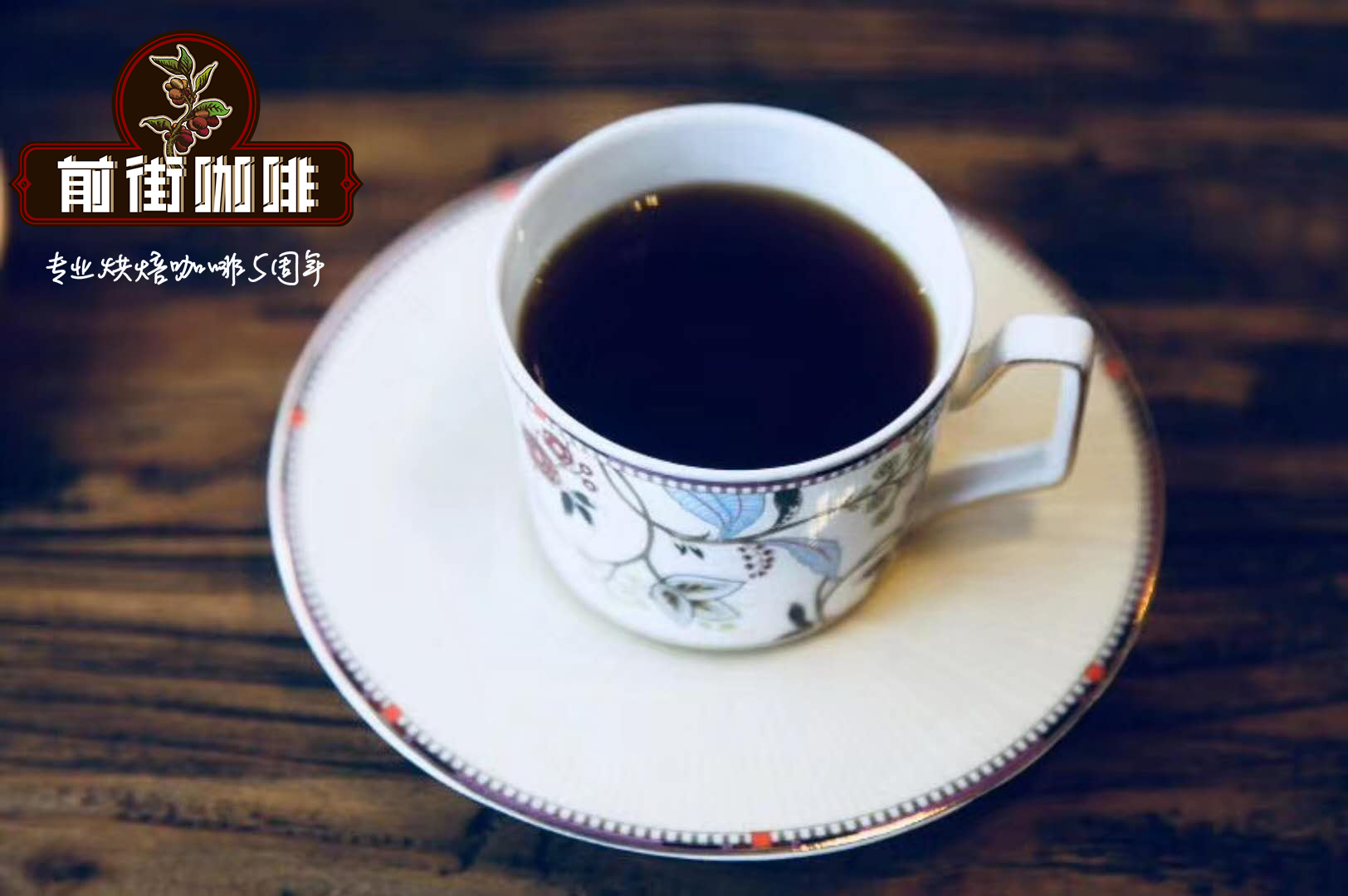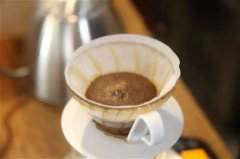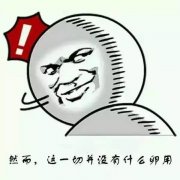What is freshly ground hand-brewed coffee? What are the steps and tools for hand flushing? How to Make Indonesia

Professional coffee knowledge exchange more coffee bean information please follow the coffee workshop (Wechat official account cafe_style)
Hand-brewed coffee, as the name implies, is to pour hot water on the coffee powder and extract the coffee through filter paper and filter cup. the whole brewing process is about 3 to 4 minutes. As the flow rate, direction and temperature of the hot water are all controlled by the brewer, the flavor of the coffee brewed is different almost every time. Although the appliance is simple, it pays great attention to technique and experience.
Hand coffee making utensils:
Hand punch: there are hand punch pots of all sizes and materials on the market, which can be selected according to your needs. It is the size of the spout that will affect the cooking results, because it is related to the amount of water. Beginners generally recommend using a small kettle (as shown below), which is easier to control. In addition, each hand punch pot is suitable for different heating methods (induction cooker or gas stove), so you should pay special attention when buying it. (photo source: Pchome)
Filter cup: the size and material of the filter cup are also different, mainly divided into three shapes: fan-shaped, tapered and wavy filter cup. The size of the filter diameter at the bottom of the filter cup will affect the flow rate of coffee extraction, and then affect the flavor of coffee. The fan-shaped filter cup has the advantages of small filter diameter, slow flow rate and mellow taste; the cone-shaped filter cup has large filter diameter, fast flow rate and light taste; the wavy filter cup has a flat bottom with special wave filter paper, which makes the coffee taste the most uniform. What is more special is the metal filter cup, which does not need to be used with filter paper, which can retain more coffee oil and taste thicker, but some finer coffee powder may not be filtered out.
Filter paper: different filter cups have their own suitable filter paper. Filter paper can absorb some of the smell and oil of coffee, and unbleached filter paper may have some paper smell.
Bean grinder: freshly ground coffee is the freshest, and the particle size and evenness of coffee powder are also the key to affect the flavor of hand-brewed coffee. The powder particles suitable for hand-brewed coffee are about the size of No. 2 sugar. The more uniform the particles are, the better the taste of the brewed coffee is.
Coffee pot and coffee cup: used to hold filtered coffee, it is best to heat it up to maintain the coffee temperature.
Assistive devices: electronic scales, thermometers and timers can make the coffee brewing process more accurate.
Characteristics of hand-brewed coffee
The extraction speed is fast and efficient: compared with other coffee brewing methods, hand-brewed coffee continues to have fresh hot water passing through the coffee powder in the process of extracting coffee, which is faster and can extract more substances from the surface of coffee. But it is also because of its high speed and poor control, which may lead to excessive extraction. This is the same as frying fish in a pan over high heat. The fish has a large heating area, but if it is not well controlled, it may be scorched.
There are many influencing factors: although only a few minutes of the process, but including water flow rate, water temperature, coffee powder particles, filter cup shape and so on will affect the final flavor of coffee, need to be fully studied and prepared before brewing.
The principle of making coffee by hand
The so-called brewing coffee is actually the process of extracting the molecules from the coffee cells, and this process includes the following three steps: wetting, dissolution, and release, which occur one after another and interact with each other, and finally produce the special flavor of coffee. We will explain the following one by one:
Step 1: get wet
Literally, coffee powder gets wet when it touches water, which is the starting point when coffee cells begin to release molecules.
It should be noted that roasted coffee beans are filled with carbon dioxide, and the fresher the beans, the more carbon dioxide they contain. When the hot water touches the coffee powder, the carbon dioxide will run out first, forming a layer of air bubbles on the surface, and you will see the coffee powder in the filter cup begin to expand (pictured below). At this time, the coffee cell is like a supermarket that a lot of people have to squeeze out of the inside, and people outside can't get in at all-in the same way, hot water outside the cell can't get into the cell. Therefore, after wetting the coffee powder, we will stop injecting water and wait for the complete release of carbon dioxide and the coffee powder to stop expanding and then continue to heat the water in order to achieve a better extraction effect.
When the hot water touches the coffee powder, carbon dioxide will run out first, forming a layer of air bubbles on the surface.
Step 2: dissolve
Refers to the process of dissolving soluble molecules in coffee cells in hot water, which is the most important step in deciding to extract the flavor of coffee.
Coffee beans 2/3 are made up of insoluble cellulose and 1/3 are soluble odor molecules that are dissolved in order according to the size of the molecules when they come into contact with water. The first small molecules dissolved include acidity and aroma, then the sweetness of middle molecules, and finally the bitter taste of macromolecules, which is where the different levels of coffee taste come from. Therefore, if you like the sweeter taste, the extraction time should be shorter, because the longer the hot water stays on the coffee powder, the more bitter molecules will be dissolved.
Step 3: diffusion
After the odor molecules dissolve, they leave the coffee cells by osmosis, a process called diffusion. After the odor molecules are diffused into hot water, the final coffee extract is formed.
Factors affecting hand-brewed coffee:
Once you understand the principle, you should be able to understand the effect of different hand-brewing conditions on the flavor of coffee. All the different factors actually revolve around one core: extraction time, that is, the time when coffee powder reacts with hot water. We have sorted out some important factors below:
Uniformity of coffee powder particles: the extraction speed of fine coffee powder is fast, while that of coarse coffee powder is slow, and the complete extraction time is different. If the powder particles are not uniform, it is possible that the fine coffee powder has begun to release bitter molecules, and the coarse coffee powder has not been extracted completely, resulting in a poor flavor of the final coffee. If the coffee powder is evenly granulated, there will be no such problem.
Coffee powder particle size: the finer the coffee powder, the longer the hot water will flow through the coffee powder.
Filter paper thickness: the thicker the filter paper, the slower the flow rate of the extract, and the longer the interaction between hot water and coffee powder.
Water injection speed and method: water injection is uniform and stable, so that the extraction speed of coffee powder is the same. In addition, the height of water injection will also affect the water temperature, so it is recommended to get as close to the filter cup as possible and inject water by repeated loops. (photo source: reddit)
Water temperature: the higher the water temperature, the faster the extraction speed. It is generally recommended that deep-roasted coffee beans should be boiled at 80 murmurs of 90 degrees, while lightly roasted coffee beans should be boiled at 86 murmurs of 93 degrees.
Detailed steps and precautions:
Ground coffee beans: the standard particle size is like No. 2 sugar, can be adjusted, the key point is to uniform particles, you can use a sieve to sift out the ultra-fine powder to avoid being unable to filter. The amount of coffee powder is about half to 2/3 of the filter cup, too little can not control the flow rate of hot water, too much will be full when flushing.
Boiled water: the standard ratio of powder to water is about 1:16, which can also be adjusted according to personal preference. The suitable water temperature is about 90 degrees, which can be measured with a thermometer after boiling.
Preheating: fold the filter paper so that it is flat on the filter cup, soak the filter paper with some hot water and preheat the filter cup, which can also eliminate the smell of the filter paper. Pour out the water after preheating.
Powder: pour the coffee powder into the filter cup and pat the side of the filter cup to make the coffee powder surface slightly flat.
Start timing, first water injection: put the spout near the edge of the filter cup, start injecting water from the center of the filter cup, go around the center to the periphery and then back to the center, soak all the coffee powder and then stop, be careful not to have too much water. At this time, the surface of the coffee powder will produce white bubbles and begin to expand.
Steaming: wait for the coffee powder to stop expanding for about 30 Murray 40 seconds, by which time some extract may have begun to filter out.
Second water injection: when you see the foam begin to collapse, start the second water injection, just like repeat the circle from the center and continue to inject water evenly. This water injection process takes more than 2 minutes, depending on the expected cooking time (it is generally recommended that deep-roasted coffee beans range from 2 to 2 and a half minutes and shallow roasted coffee beans for 2 and a half minutes to 3 minutes).
Rest: after stopping filling, wait for 20-60 seconds to filter, and then pour the coffee into the coffee cup.
For example: Manning, an Indonesian tiger:
Filter cup: KONO filter cup
Water temperature: 88 degrees
Degree of grinding: small Fuji degree of grinding 4
Cooking method: the ratio of water to flour is 1:14, 17g powder, 25g water for the first time, steaming for 30s, and 238g water for the second time. The extraction time is about 2:30 seconds.
Analysis: there are not many ribs at the bottom of the Kono cup, and the filter paper clings to the filter cup to achieve the purpose of limiting air flow, which can make water and coffee powder have longer contact soaking time in the filter cup and ensure the extraction time and extraction rate of rough grinding. In this way, the coffee powder can be fully extracted, enhance the mellow taste and make the taste more concentrated.
Flavor: well balanced, clean, thick and solid on the palate, with a long dark chocolate finish.
Important Notice :
前街咖啡 FrontStreet Coffee has moved to new addredd:
FrontStreet Coffee Address: 315,Donghua East Road,GuangZhou
Tel:020 38364473
- Prev

Why don't you go into the water when you are steaming? How should a novice master the gouache ratio?
/ / the problem is that you can't get into the water by injecting coffee with water and steaming. The editor tells you that this is the right operation! The function of steaming is to let the hot water slowly seep into the center of the coffee powder so that the substance in the coffee powder dissolves in the hot water first to form a high concentration of coffee liquid. In the second brewing, using the physical phenomenon of concentration, the high concentration (steamed coffee liquid) moves to the direction of low concentration (hot water).
- Next

What are the common misunderstandings of hand-made coffee? The brewing skills of hand-made coffee
Some time ago, the editor encountered a question from a barista, saying, "Why is the coffee I make is always underextracted?" No flavor? Then I sent a small video to watch the process. As a result, I almost fainted and used a V60 filter cup. Without stewing, I injected water directly to the end, watching the water crash to the end. How can this extraction bring out the flavor and taste? When asked, a large chain coffee
Related
- What is the meaning of lactic acid fermentation with coffee bean treatment?
- How to judge the state of foam by sound?
- How does the latte pull out the unicorn pattern? Come to get for a little trick to improve the flower pull!
- Will flower pulling affect the taste of the latte?
- Do you know the history of coffee?
- The difference between honey treatment and sun washing what is raisin honey treatment?
- What kind of milk can a novice use to make coffee foam to keep the foam longer? The correct method and skills of milking tutorial sharing
- Why do washed coffee beans taste sour? Flavor characteristics of washed Coffee
- Introduction to the skill of how to practice the size and height of water injection around the circle of hand-brewed coffee
- How do beginners practice coffee flower drawing from scratch?

